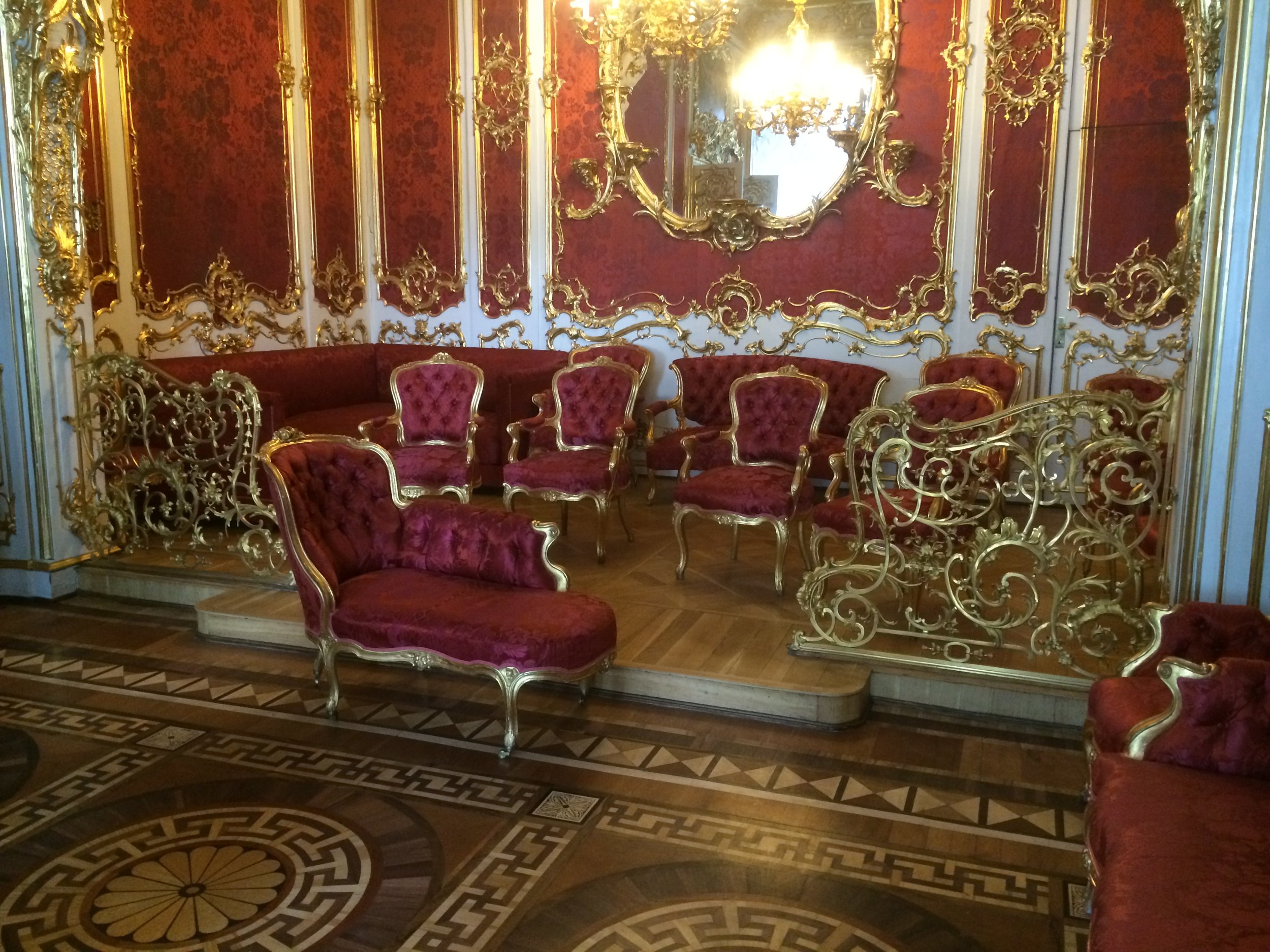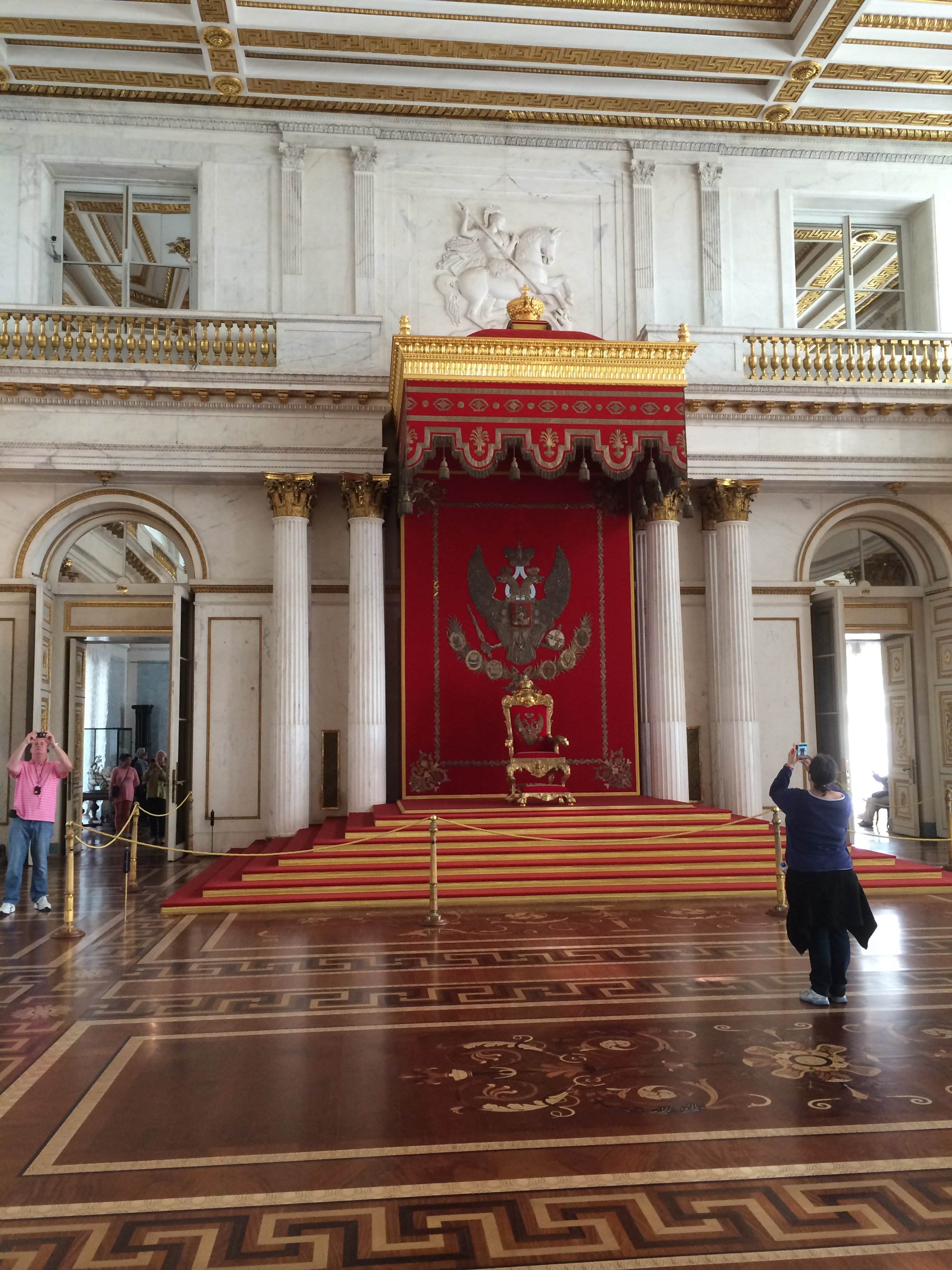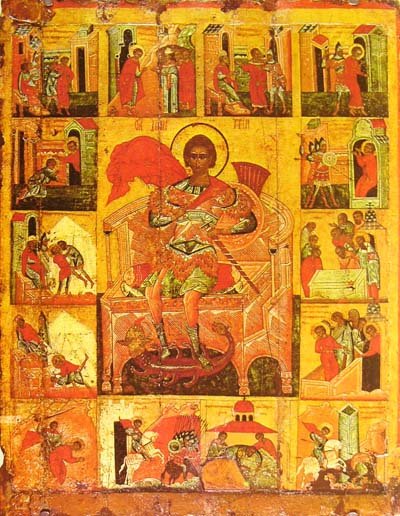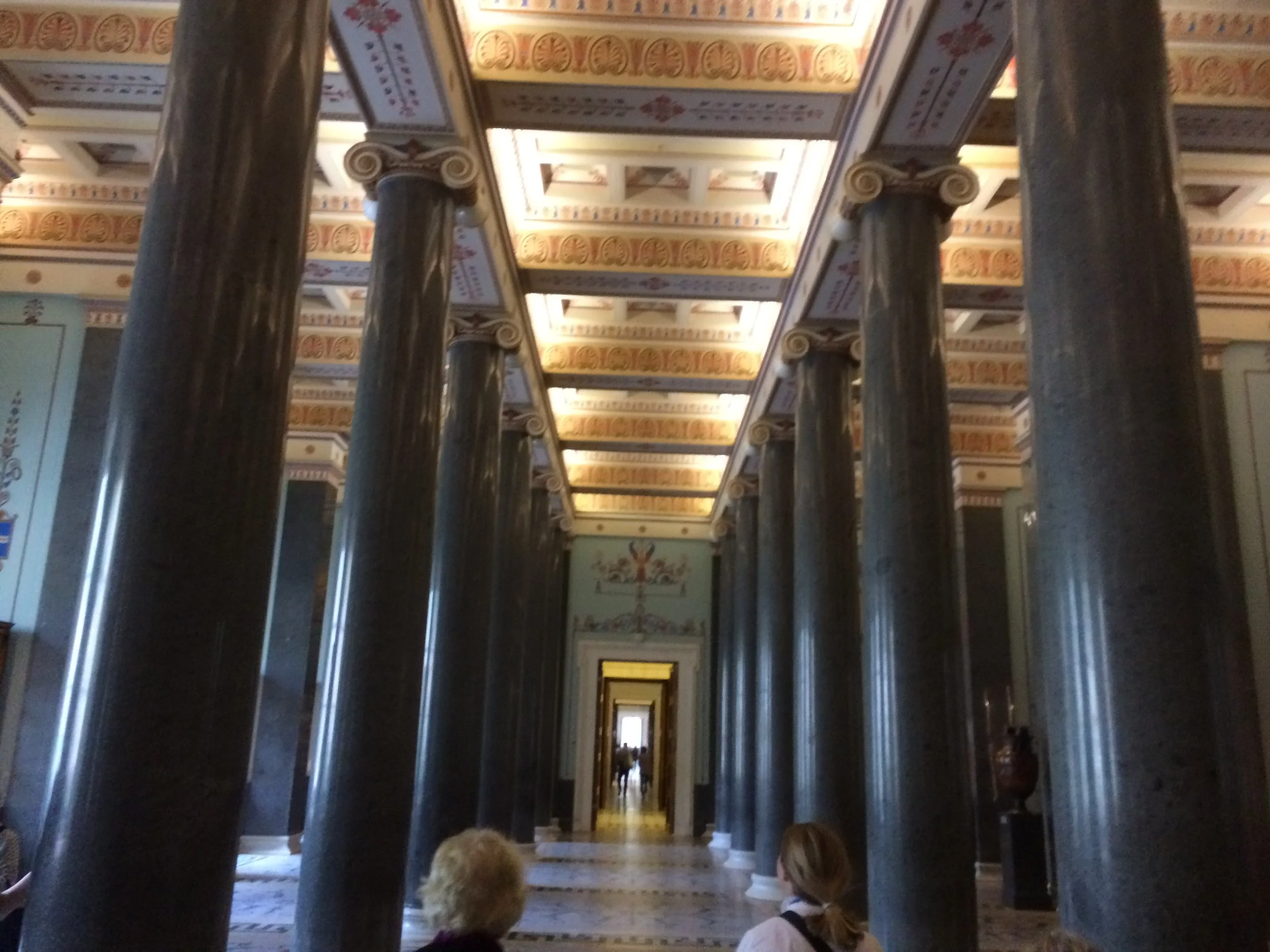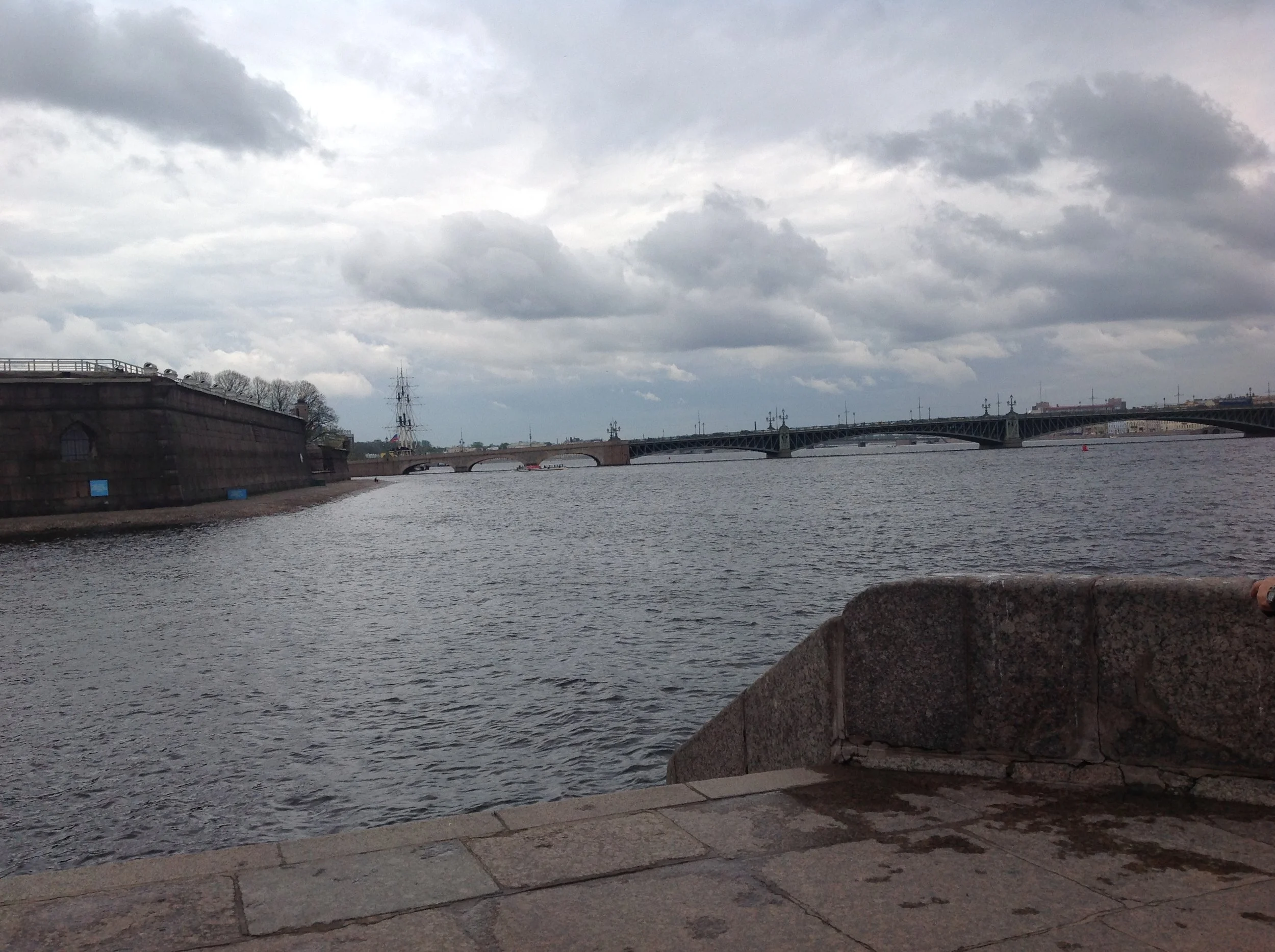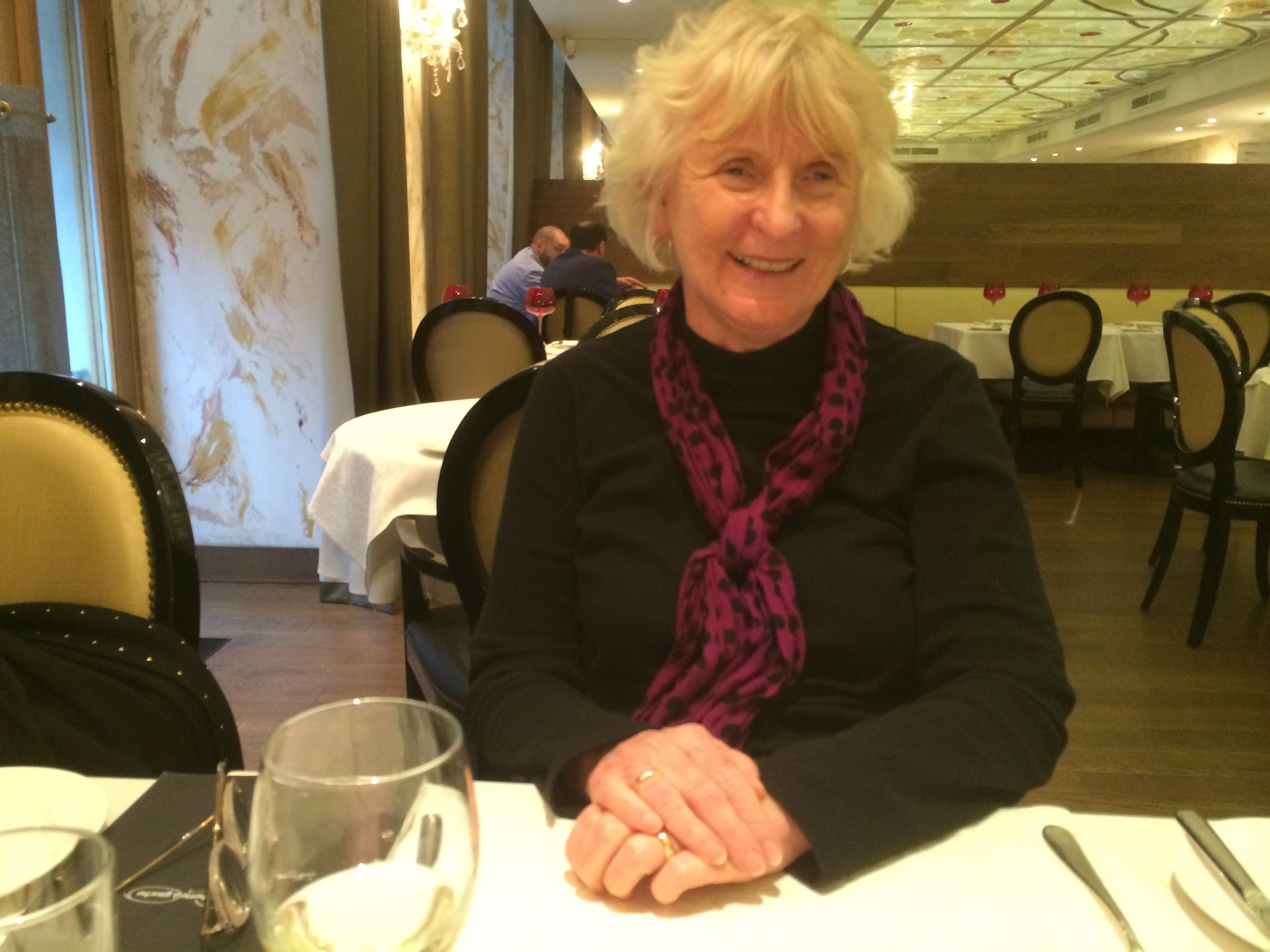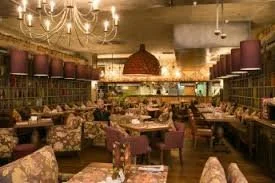The Hermitage..and a late night for me
Tuesday, May 13– We got up and had our extravagant breakfast again. The day before I had asked if they had any jam. They didn’t, but, hey, no big deal. Well today they had the most delicious, tart, rich, gooey cherry preserves. I kind of wanted to stay in and do nothing but each cherry preserves all day.
There has been an undercurrent to this entire trip that I have neglected to adequately explain. You see, I’ve been traveling to Russia since 1990, when it was still the Soviet Union. I was in Russia in the summer of 1992– Russia’s first post-Soviet summer, which was a time filled with excitement and fear. The 90’s in Russia were collectively known as the лихие 90-e, or the “turbulent” 90’s; I spent every summer from 1996-2003 there. This was the same time that I a) finished high school; b) went to college; c) finished college; d) got married; e) got divorced; and finished my PhD. So Russia’s chaos formed the backdrop of my own personal (and by far easier to bear) chaos.
Since then, Russia has become fairly stable. This is the fourth time I’ve visited since 2003. By now I’ve finished law school and started my own law firm. So I feel like my own stability coincided with Russia’s. This trip feels like kind of a look back on all my previous trips, especially since my parents are here and we are visiting all the tourist sites I haven’t seen in eons. I feel like I’ve come full-circle, somehow, and I’m so happy my parents are here to experience that with me. They remember, after all, the very first time…never guessing that it was the FIRST time and not the only time.
Anyhow, enough shmoopiness. Tatiana picked us up and took us to the Hermitage. She had the cab let us out on Bolshaya Morskaya St., which I think allows for the most magnificent entrance into Palace Square.
We didn’t really capture it, so you have to imagine. You’re walking, walking, you see the arch, you walk through the arch…and then you come out into this expansive square:
It was a bit cloudier on our day.
And, look! Here’s Mom on the left. Tatiana is over to the right, forging ahead:
The vastness of the square really hits you when you turn around at look at the General Staff Building, built to commemorate the victory over Napoleon:
The red column that you see in the top photo is made of granite. Called the Alexander Column, it stands on its base entirely by its own weight. It is not attached to the base. It was also built commemorate the victory over Napoleon.
We went inside the first part of the Hermitage, the Winter Palace. Any visit to the Hermitage always begins with a view of the Grand Staircase:
Seeing the number of tourists in the Hermitage made me glad we didn’t come in high season!
Now, even though we are already inside the Hermitage, I think I need to go back and explain about Peter the Great and the founding of St. Petersburg. Peter the Great was Tsar in the 1700s. At the time, Russia was still kind of in the dark ages. Peter went abroad on a sort of Grand Tour….he went through a whole host of European countries, taking classes as he went, sometimes incognito. During his trip he learned shipbuilding and other key elements of Naval defense. Upon his return, he started a huge plan to modernize and westernize all of Russia. One of his key plans was to reform Russia’s navy and create a new seaport. Combining these two goals into one, Peter founded a new city (St. Petersburg) on the Gulf of Finland and modeled it on the great cities of Western Europe instead of the semi-feudal and Byzantine Moscow. In other words, he recognized the need for a palace instead of a need for a fortified castle. He built the first palace, which was remodeled a couple of times, but eventually Peter’s niece Anna built what became the current Winter Palace.
The rooms of the palace are magnificent and make up the first of the five buildings that make up the Hermitage. The Winter Palace was the home of the royal family; the remaining buildings housed the tremendous art collections.
So, beginning withe the Winter Palace, we have the Gold Room:
Dad kept asking, “Is that real gold?” everywhere we went. Mom poked him and said, “Honey, if it looks gold, it’s gold. These people didn’t do fake.”
The Malachite Room:
The workmanship on the malachite is incredible. Tatiana explained that the method is to shave thin layers of malachite and then glue them together such that the natural variations in the stone line up. Then the craftsmen carefully buffed the seams so that they are nearly invisible.
The Crimson Drawing Room:
St. George’s Hall:
Look at the intricate parquet floor:
The art is mainly contained in the buildings known as the Small Hermitage, the New Hermitage and the Old Hermitage. These buildings are all joined, as you can see from this photo taken across the river (also lifted from someone else):
It was Catherine the Great that built the enormous art collections. She bought tons of art, instructing her underlings to buy up whole collections, not just individual pieces. By the end of her reign, her collection was world class. The art collecting continued through the reigns of the rest of the tsars. After the revolution, many private collections belonging to the Russian nobility were nationalized and added to the Hermitage collection.
We saw only a small portion of the art. Tatiana helpfully explained its significance to us.
So, for example, Russian icons. Icons serve three purposes in the Orthodox church: a) Didactic (i.e., they teach people about events in the Bible): b) Symbolic (they are a symbol of holy things, much like the Bible is a symbol); and c) Mystical (looking at the icon makes the spiritual energy described in the icon active). I understood this before, but there was a major thing about icons I never understood. When you look at an icon, the perspective is all off. Things at a distance are not depicted at a distance and the images are flat– faces, for example, appear especially two-dimensional. As it turns out, this is purposeful. Icon painters had the capacity to depict depth, but they deliberately chose not to. Because, for the icon painter, the most important thing was bringing you into the spiritual realm. It was felt that if the painting is too realistic, you, the viewer, wouldn’t leave this mortal coil. Also, events in icons are depicted simultaneously. This is because, in the spiritual world, there is no concept of time, really. The past, present, and future all sort of happen simultaneously. So, for example, here, we have St. Demetrius with scenes from his life. You can see the flat faces and the non-chronological events in his life depicted around the edges.
We also saw works from the Italian Masters, like this one from Titian:
This is Mary Magdalene. What is important about this painting is that she is depicted as being so human. Artists thought that realism was akin to sensuality. So Mary Magdalene is depicted rather realistically, since her role in the Bible was fairly sensual.
Mary the mother of Jesus, in contrast, is depicted in this Da Vinci painting as being somewhat other-worldly, as befitting the mother of God:
In contrast, this Raphael (from again, roughly the same period), depicts Mary not entirely realistically, but places her in a scene filled with nature, showing that the Son of God and His Mother were firmly embedded in the natural realm, even though they themselves were spiritual beings. You can see Tatiana’s animated movements in the reflection.
The rooms containing the art collection are quite spectacular, no?
And the rooms joining one part of the Hermitage to another are also breathtaking (Mom on the left, Tatiana on the right):
Catherine the Great had a hall from the Vatican recreated here in the Hermitage:
We spent all morning and part of the early afternoon making our way through the museum. We only stopped for a brief snack of cakes and sodas. Here we are, continuing on. It seems like it would be boring and tedious, but it was just fascinating because Tatiana was able to tell us so much about what we were seeing:
We broke for lunch and went to Teremok, a kind of fast-casual eatery on Nevsky Prospekt, the main street in St. Petersburg. I have no idea what everyone else ate, but I indulged in hotdogs, buckwheat, and beer.
After our late lunch, we set off to tour the Peter and Paul Fortress, the original citadel of St. Petersburg, which, naturally dates back to the time of Peter the Great.
Inside the fortress, there are various buildings, all connected by cobblestone paths. After all the walking in the Hermitage, Mom and Dad’s feet were hurting quite a bit and the cobblestones didn’t help. But, bravely, they soldiered on. The most important building inside the fortress is the Cathedral:
It’s quite expansive inside the fortress. Also, it had rained while we were eating our late lunch. See?
The interior of the cathedral is quite grand:
The cathedral is important because this is where Russian tsars since Peter the Great are entombed. Here’s Elizabeth I’s tomb. We saw her depicted in paper at Catherine’s Palace. Remember?
In the 1990s, the remains of the last tsar were unearthed and they were brought here for burial. This is Nicholas II, his wife Alexandra, and their children, including the famous Anastasia. Yes, she was good and truly killed. They have her DNA.
We strolled outside afterwards, and took in a view of the River Neva. I spent many an afternoon here with my friend Anya sunbathing. Yes, even I, paler than pale, can sunbathe in Russia.
Yes, that’s a tsarist prison over there on the left, but the rocks make for good beachtime! And here you can see the Hermitage:
After the fortress it was getting a bit late, so Tatiana took us back to our hotel. We had a leeeeetle bit of time to rest, and then I had to go! I had a date. Well, not a date, but I had a meeting for dinner with a friend. Apparently, while I was off having dinner, my parents had a lovely meal at the Demetra Art Hotel down the street:
I took the metro to meet my old friend Stas. I met Stas in the summer of 1992, right after the fall of the Soviet Union. We spent that summer on endless walks around the city, sometimes stopping for beer sold out of the back of a tank-truck, sometimes stopping for dumplings at the Café Baghdad. I’ve kept in touch with Stas, but I hadn’t actually seen him in twelve years! Circumstances just never aligned. So it was quite a treat to see him, hear about how he is happily married and has a ten-year-old boy, and enjoys traveling to Paris. He took me to the fantastic Restoran Baklazhan, a central Asian restaurant:
I am truly an idiot, otherwise I would have thought to take a photo of us. Regardless, it was so so so good to catch up. We relived old memories of our times together and ate fantastic grilled meats and dumplings. After dinner, we bar-hopped until about 1am. St. Petersburg has this unusual feature that sometimes causes transportation difficulties and it affected us that night. The various parts of St. Petersburg are spread across a few islands, connected to the mainland by bridges. At night, the bridges open to allow ships to pass through. If you’re out too late, you can get stranded until the bridges go down, which is around 4am. So, because the bridges were opening, Stas had to hurry on home. We could have talked for many more hours, though. Honestly, I could have stayed out all night.









